How to clean stainless steel elbows?
When the stainless steel elbow is rusted, a special cleaning agent is usually used to clean the rust spots. And it should be cleaned more often in daily use. If there is dust on the surface of the stainless steel elbow or stains that are easy to remove, it is recommended to clean it with warm water or weak detergent or even soapy water. If there is a film such as a trademark on the surface of the stainless steel elbow, it can also be cleaned with a weak detergent, but it needs to be cleaned and wiped dry with clean water.
When installing the stainless steel elbow, install it according to the use position. Generally, it can be installed anywhere on the pipeline. However, in order to facilitate the inspection operation, it should be noted that if the medium flow direction of the stainless steel elbow is downward and upward of the longitudinal plate, the stainless steel elbow can only be installed horizontally. In addition, when installing the stainless steel elbow, pay attention to the tightness between the elbow and the pipeline to prevent medium leakage, thereby affecting the normal operation of the pipeline.
Stainless steel elbows are generally not corroded, pitted, corroded, or worn. The strength of stainless steel is one of the highest among building metal materials. And because stainless steel has good corrosion resistance, it can maintain the integrity of the engineering design of structural components for a long time. Chromium-containing stainless steel has both high mechanical strength and high ductility, and can well meet the processing and manufacturing requirements of parts. Usually, the oxygen in the metal metropolitan environment will react to form an oxide film on the surface. This oxide film can ensure the corrosion resistance of stainless steel.
The corrosion resistance of stainless steel is affected by the alloy elements contained in the steel body. Chromium is the basic element that provides stainless steel with corrosion resistance. When the chromium content in stainless steel reaches about 1.2%, chromium reacts with oxygen in the external medium to form a thin and dense oxide film on the surface of stainless steel, which can prevent stainless steel from further corrosion.
The stainless steel raw material in the stainless steel elbow is an interstitial solid solution of chromium, nickel and other elements in -Fe, which should be regarded as the mainstream stainless steel type.
The main characteristics of this stainless steel are: non-magnetic austenite arrangement at room temperature, low yield strength ratio, good plasticity, excellent weldability, and easy tempering and casting. The composition of this steel is characterized by high content of chromium (17%), nickel (8%-15%) and other corrosion-resistant elements such as molybdenum, niobium, titanium, etc.). Therefore, on the one hand, austenitic stainless steel elbows have excellent corrosion resistance and excellent mechanical and technical properties, so they are widely used in mechanical equipment.
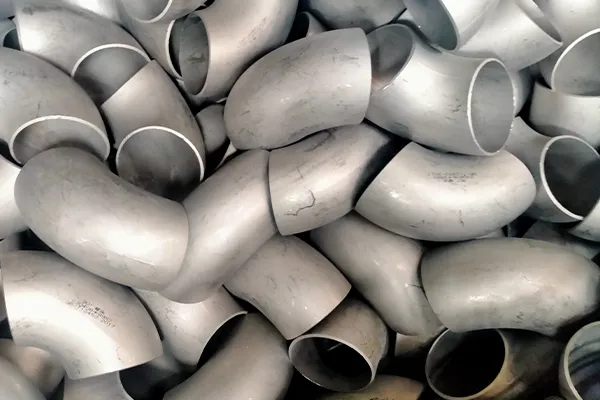
1. Stainless steel elbows that are stored for a long time need to be checked regularly. If they are exposed to the outdoors for a long time, they should be kept clean and free of dirt. They should be stored in a dry and ventilated clean room and should not be stacked or stored in the open air. Since stainless steel elbows need to be kept dry and breathable, precise storage methods should be adopted.
2. When installing, the stainless steel elbow device can be directly installed according to the use position. When installing stainless steel elbows, attention should be paid to sealing to prevent large amounts of leakage from affecting the normal operation of the pipeline. Generally, it is installed at any position of the pipeline, and attention should be paid to convenient operation.
3. Stainless steel elbow stop valves, ball
valves, and gate valves can only be fully opened or fully closed when in use, and the flow rate cannot be adjusted to avoid corrosion of the sealing surface and accelerate the wear of the sealing surface
4. When installing the handwheel on the stainless steel elbow, do not use levers or other tools to avoid damage to the valve parts. The handwheel rotates clockwise and counterclockwise.
5. The valve seal working gland bolts of the stainless steel elbow should be tightened smoothly and must not be pressed into an inclined or expanded state, otherwise it may touch or hinder the movement of the valve stem and cause leakage. Stainless steel elbows must be kept clean during use. If no problems are found, stop using them as soon as possible.






 English
English Español
Español بالعربية
بالعربية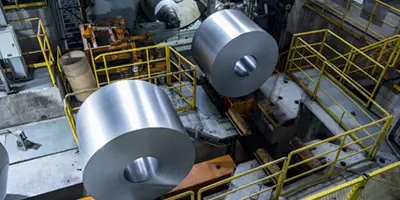
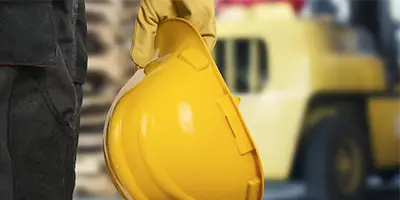
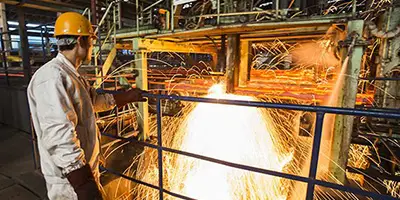
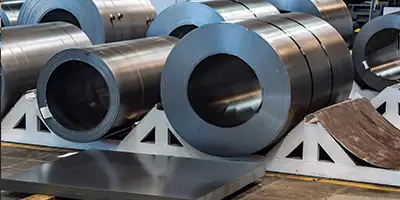

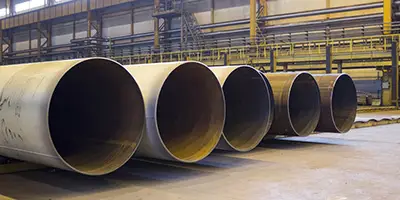
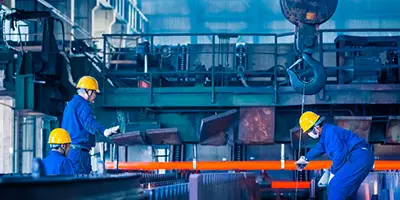
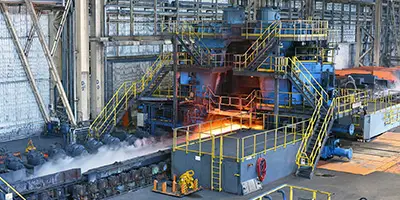
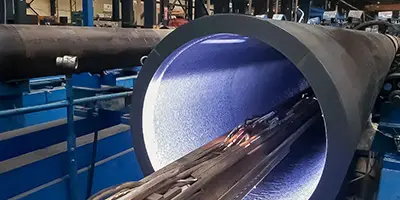
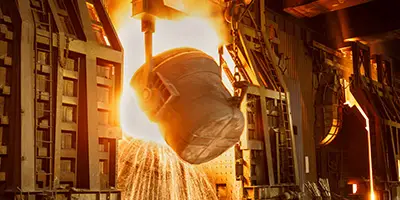


 Phone :
Phone :  Whatsapp :
Whatsapp :  Email :
Email : 


